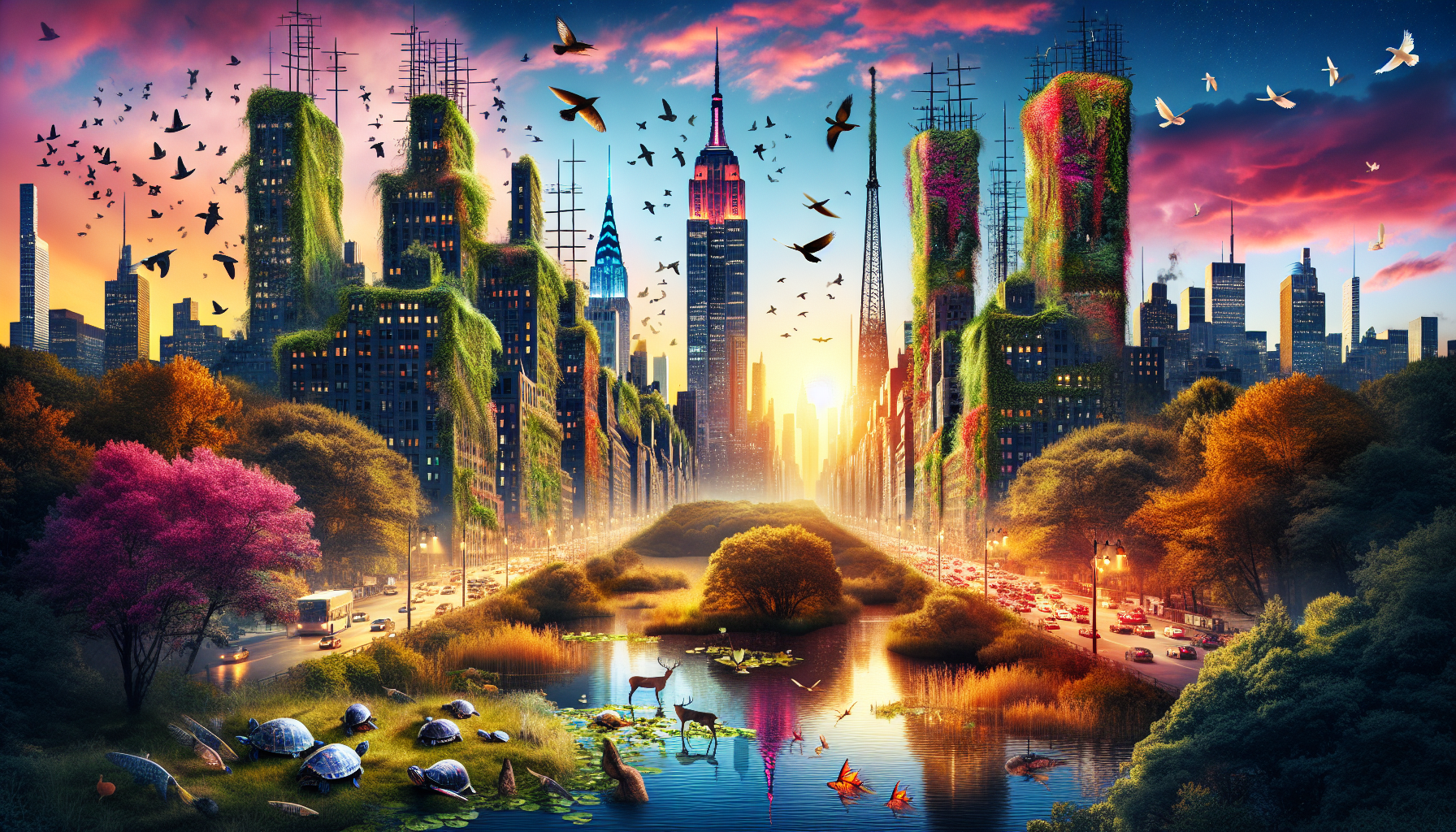If you’re currently living in bustling city environments, naturally your mind tends to picture skyscrapers, traffic jams, and sidewalks, rather than a thriving wildlife ecosystem. However, urban wildlife is a fascinating and often overlooked part of our cities. Contrary to popular belief, wildlife in urban areas isn’t solely confined to parks and green spaces. Many species have adapted to city life and can be found in the most unexpected places.
Urban wildlife refers to non-domesticated animals living in areas dominated by humans.
This includes, but is not limited to, birds, mammals, insects, and reptiles.
Some city dwellers may consider urban wildlife a nuisance, with common perceptions skewed towards pigeons, rats, or raccoons rummaging through garbage. Yet, this perspective overlooks the remarkable adaptability of these creatures, along with the many other species enriching our urban environment.
One of the most astonishing examples of urban wildlife is the peregrine falcon. These birds, once on the brink of extinction due to pesticide contamination, have found an unexpected refuge in the cities.
In place of their natural cliffside nesting habitats, they opt for tall buildings and bridges, thriving on the abundance of pigeons and rats as prey. Today, these stunning birds are often spotted soaring above the concrete jungle, a testament to their incredible adaptability.
Insects, too, play a vital role in urban ecosystems. Bees and butterflies pollinate our city gardens and green spaces, contributing to the vibrancy and diversity of urban flora. Even the humble ant, often seen as a nuisance, is crucial for nutrient cycling and soil aeration.
Urban wildlife also offers various benefits to city dwellers. Besides the joy of observing nature up close, wildlife can help control pests, pollinate plants, and even improve mental health. Recent studies have shown that proximity to biodiversity enhances mental wellbeing, reducing stress, and promoting relaxation. It’s safe to say that urban wildlife can significantly contribute to the livability of our cities.
With the ongoing expansion of urban spaces, it’s more important than ever to foster environments that support urban wildlife.
Green rooftops, bird-friendly windows, and city beekeeping are just some of the initiatives currently being implemented. These initiatives do not only support urban biodiversity but also contribute to climate change mitigation by absorbing carbon, reducing heat, and managing stormwater.
However, ensuring a balanced cohabitation with urban wildlife does require thoughtful consideration. While it’s essential to appreciate and protect urban wildlife, it’s equally important to maintain a respectful distance. Feeding wildlife, for instance, might seem helpful, but it can often lead to issues such as overpopulation, disease spread, and conflicts with humans.
Appreciating and understanding urban wildlife is a step towards creating cities that are not only livable for us but also provide a thriving environment for a diverse range of species.

It’s time to look beyond the concrete and glass, and to the extraordinary world of urban wildlife surrounding us. Remember, next time you’re walking down the street, pause for a moment, and observe – you may be surprised at the abundance of wildlife sharing our urban spaces.